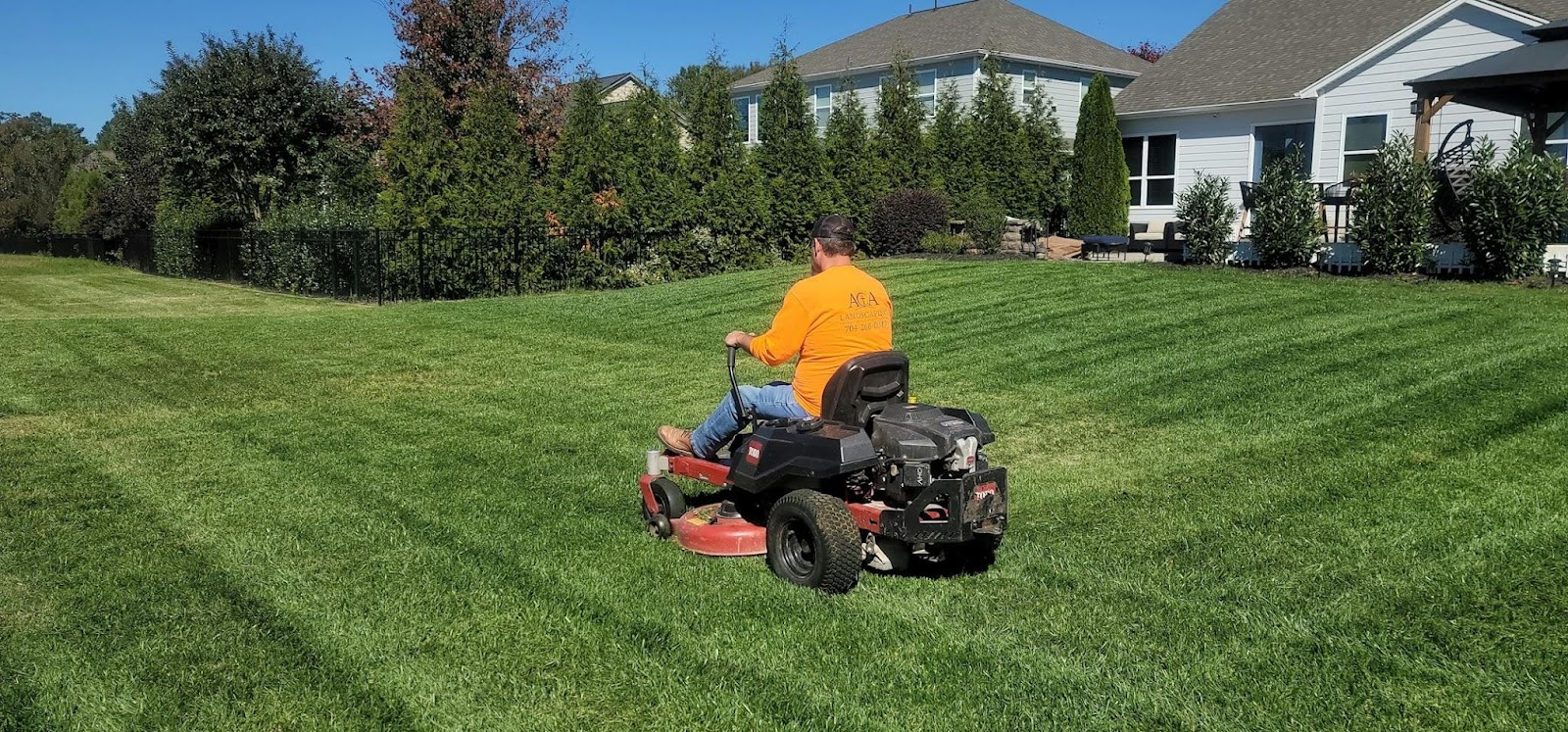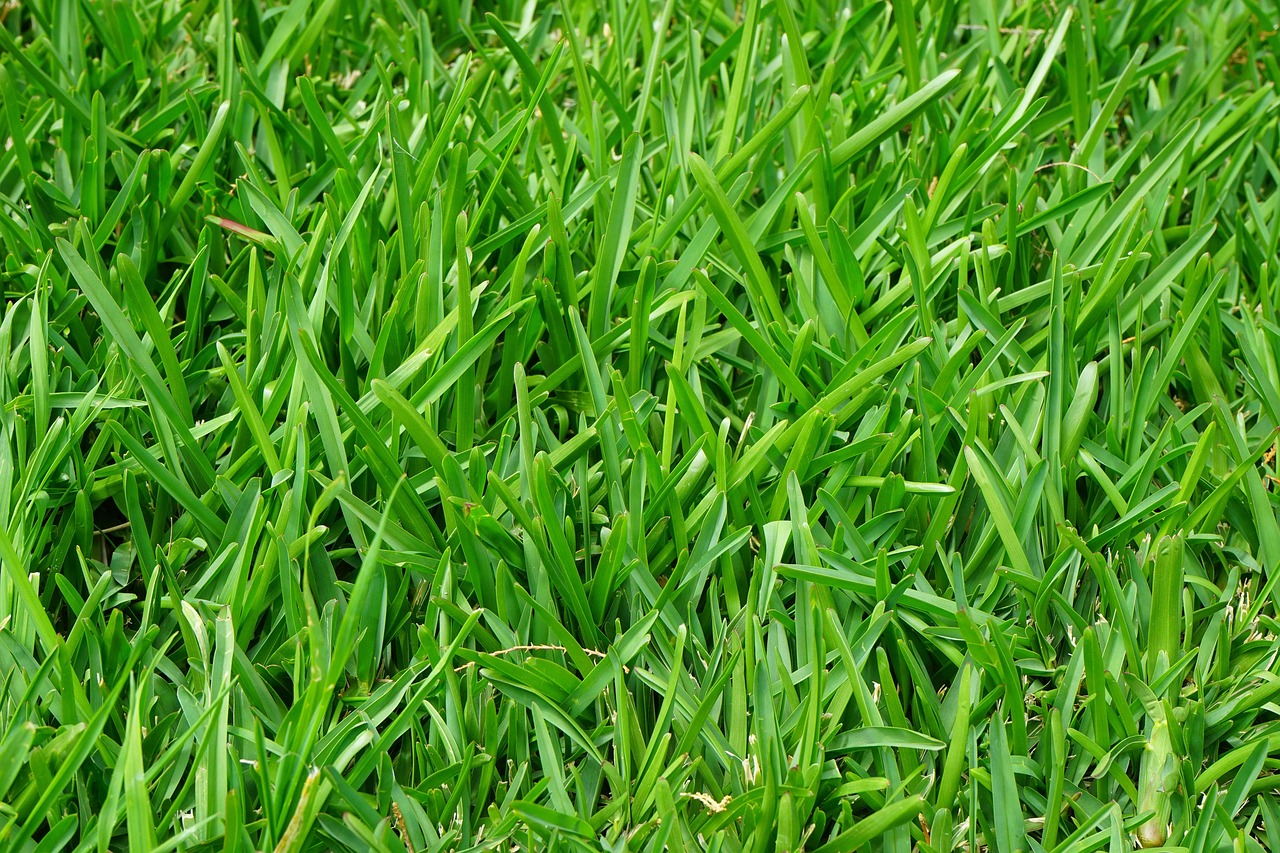How Plumbing Conditions Influence Property Value and Buyer Confidence
Plumbing systems play a key role in home inspections, buyer confidence, and long-term property value. Learn how infrastructure impacts real estate decisions.
A well-maintained lawn is more than just a patch of green, it's a statement of pride, curb appeal, and even tranquility. Yet for many homeowners, lawn care can feel like a daunting chore rather than a rewarding routine. Between changing seasons, unpredictable weather, and the variety of grasses and weeds, keeping a yard in great condition requires the right knowledge, tools, and a little bit of planning.
The good news? With a few practical strategies and the help of modern technology, maintaining a healthy, lush lawn doesn't have to be time-consuming or complicated.

The foundation of a healthy lawn starts with choosing the right type of grass for your region and property conditions. Some grasses thrive in cool climates, while others do best in heat and humidity. There are varieties suited for high foot traffic, shade, or drought tolerance.
Cool-season grasses like Kentucky bluegrass or tall fescue flourish in northern climates, while warm-season options like Bermuda and zoysia are better for southern regions. Mixing seed blends tailored to your climate and soil type ensures year-round coverage and resilience.
Consult local garden centers or cooperative extensions for guidance on what works best in your area. The right grass will save you effort in the long run by resisting disease, tolerating local weather, and maintaining color throughout the season.
Mowing is one of the most basic lawn care tasks, but doing it improperly can damage your yard. Many homeowners make the mistake of cutting their grass too short, thinking it reduces mowing frequency. In reality, scalping weakens root systems and leaves grass vulnerable to weeds and drought.
A general rule of thumb is to remove no more than one-third of the blade's height at a time. Adjust your mower height depending on the season, cut higher during hot weather to shade the soil and retain moisture.
Maintaining sharp blades is just as important. Dull blades tear rather than cut grass, creating jagged edges that brown and invite disease. And if you'd rather save time altogether, consider investing in Worx Landroid Robotic Lawn Mowers or another automated mowing solution. These smart devices handle the routine for you, keeping grass consistently trimmed with minimal effort.
Fertilizing and watering are key for grass health, but overdoing either can do more harm than good. Feeding your lawn provides nutrients like nitrogen, phosphorus, and potassium that promote green color, root strength, and resistance to pests and stress.
Use a slow-release fertilizer in the spring and again in the fall for most regions. Avoid fertilizing during droughts or peak summer heat, when grass is under stress and less able to absorb nutrients.
Watering should be deep and infrequent rather than shallow and frequent. Aim for about one inch of water per week, delivered early in the morning to reduce evaporation. This encourages deep-root growth and reduces fungal diseases.
Weeds are not just unsightly; they compete with grass for nutrients, sunlight, and space. The best way to control weeds is to stop them before they start. A thick, healthy lawn naturally crowds out most weed invaders, but additional strategies can help.
Use pre-emergent herbicides in early spring to prevent crabgrass and other annual weeds from germinating. For existing weeds, spot-treat with selective herbicides that target intruders without harming your grass.
Regular mowing and proper watering reduce weed growth by strengthening the lawn's natural defense. Always remove weeds before they go to seed to prevent spreading.
Over time, lawns can develop compacted soil and a thick layer of thatch, dead grass, roots, and debris that sits between the soil and grass blades. These conditions limit water and nutrient penetration and can suffocate the grass.
Aeration involves removing small plugs of soil to loosen the ground and improve airflow. This should be done once a year, typically in the fall or spring, depending on your grass type. Core aeration is most effective and can be done with manual or motorized tools.
A strong lawn care plan changes with the seasons. Spring is the time to clean up debris, fertilize, and seed bare patches. Summer calls for water conservation, careful mowing, and monitoring for pests or diseases. Fall is ideal for aeration, overseeding, and winter prep, including one final mowing and clearing of fallen leaves.
Winter may seem like a break, but it's a chance to assess your lawn's performance and plan for the coming year. Sharpen tools, schedule equipment maintenance, and review your strategy so you're ready to hit the ground running when the season shifts.

Lawn care doesn't have to be a chore, especially when you work smarter, not harder. With the right foundation, strategic maintenance, and tools like Worx Landroid Robotic Lawn Mowers or another smart solution, keeping your yard in top shape can be surprisingly manageable. By understanding your lawn's needs and adjusting your approach by season, you'll enjoy a healthier, greener, and more beautiful outdoor space all year long.
Posted by Kristopher Larson
Related Articles:
Access all your saved properties, searches, notes and more.
Access all your saved properties, searches, notes and more.
Enter your email address and we will send you a link to change your password.


Your trusted MLS search companion